How to Grow and Care Monarda Plants |
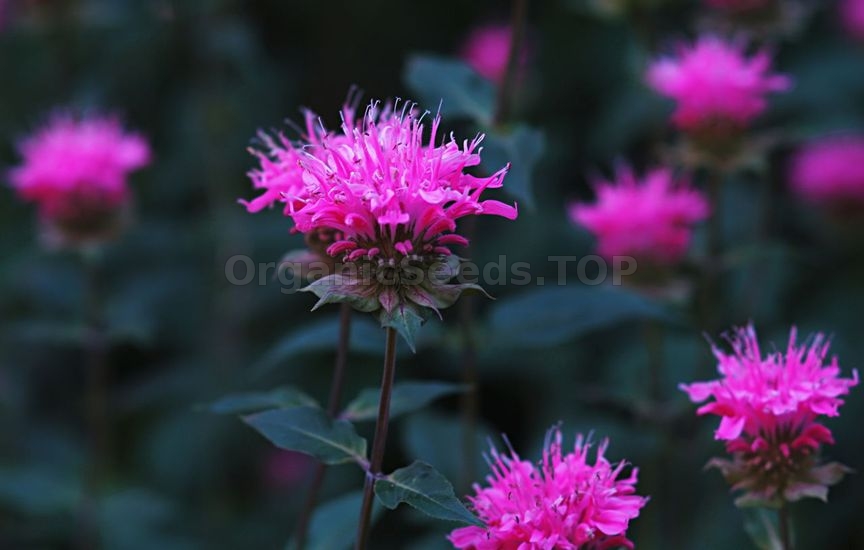 The winter hardy Scarlet bee balm (Monarda didyma), also known under the name Gold Melissa, Horse Mint, Bee balm or Monarda fistulosa, is performing well in every summer garden. The Indians in North America knew of and recognized the healing effects of the labiates. These days, the graceful shrub is primarily being used as an ornamental shrub because of its enchanting, aromatic scent in the respective garden and is suited to be used as a bee pasture in natural gardens. 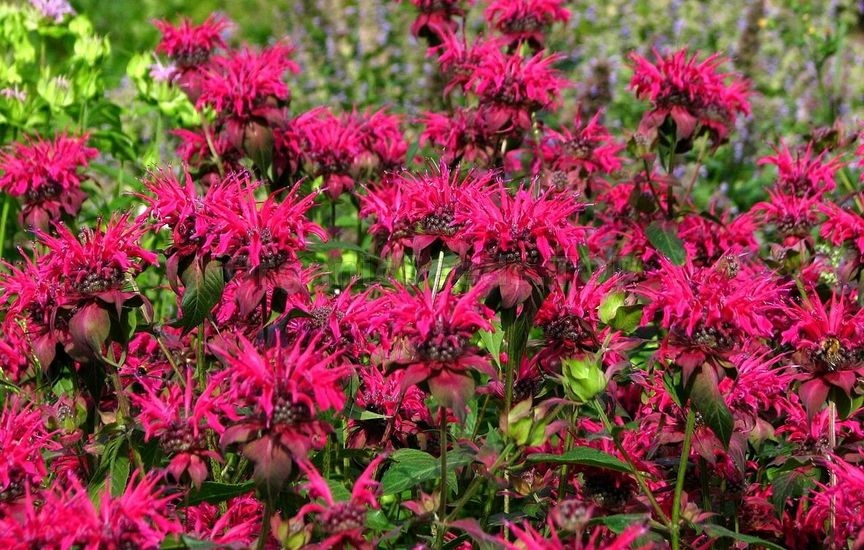 Plant Profile
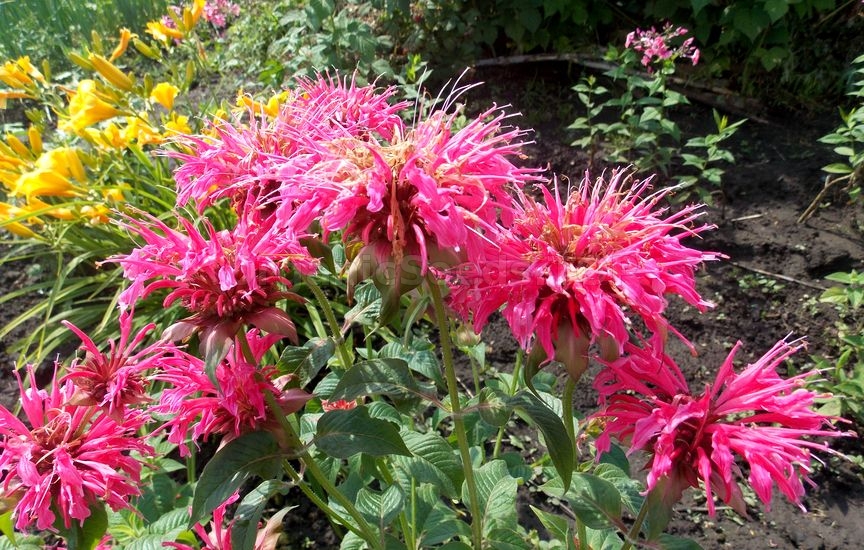 The Scarlet bee balm is being characterized above all else by its nettle like, very aromatic scented leaves and decorative blossoms. The scent especially attracts lots of insects and, in particular, bees, which makes it the ideal bee pasture for a farmer’s garden close to nature. 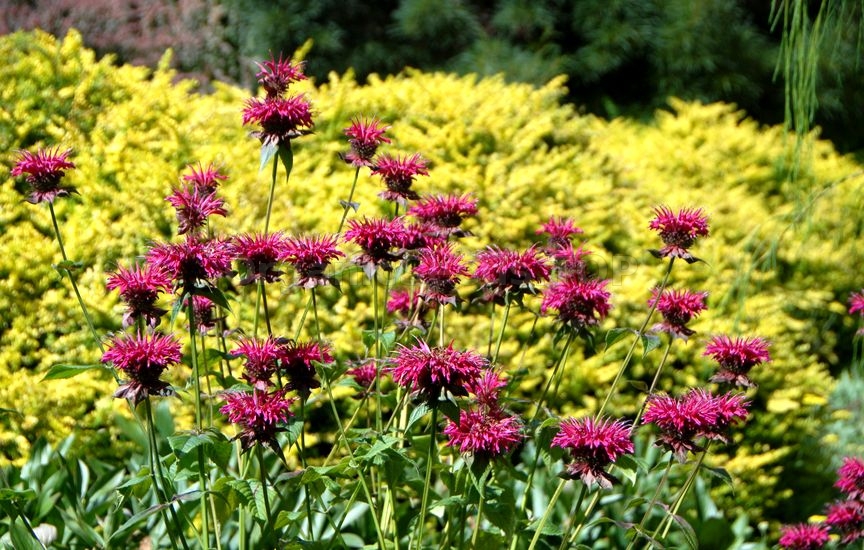 The Indians in North America already realized its curing effects; this circumstance is where it draws its German name from. The Monarda didyma is also known as the Gold Melissa, Horse Mint, Bee Balm or Monarda fistulosa. Especially because of its popularity, there are ever more cultivated varieties, so that garden enthusiasts have a multitude of choices concerning the color of blossoms. Care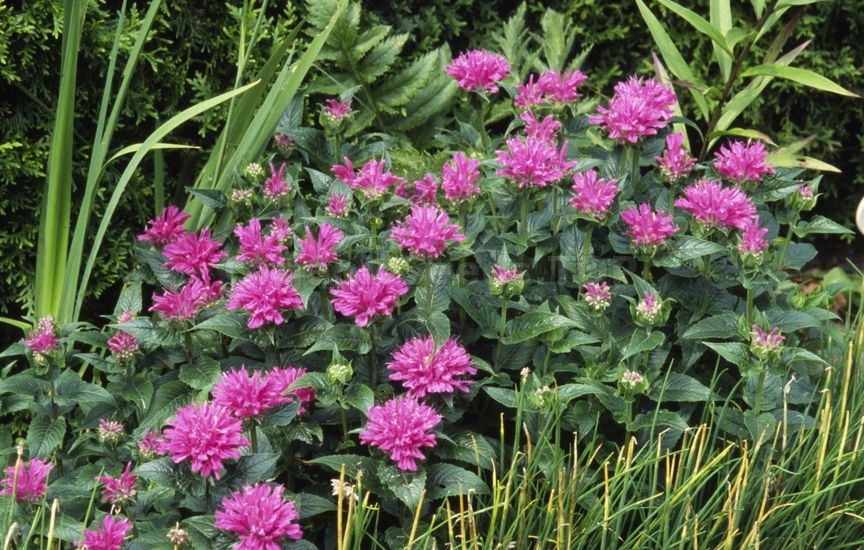 The graceful scarlet bee balm, Monarda didyma is relatively low maintenance, especially because of its North American origin. It prefers locations at the end of forests or light woods. If all care instructions are being observed, a hobby gardener can have fun with his Scarlet bee balm over several years.
Location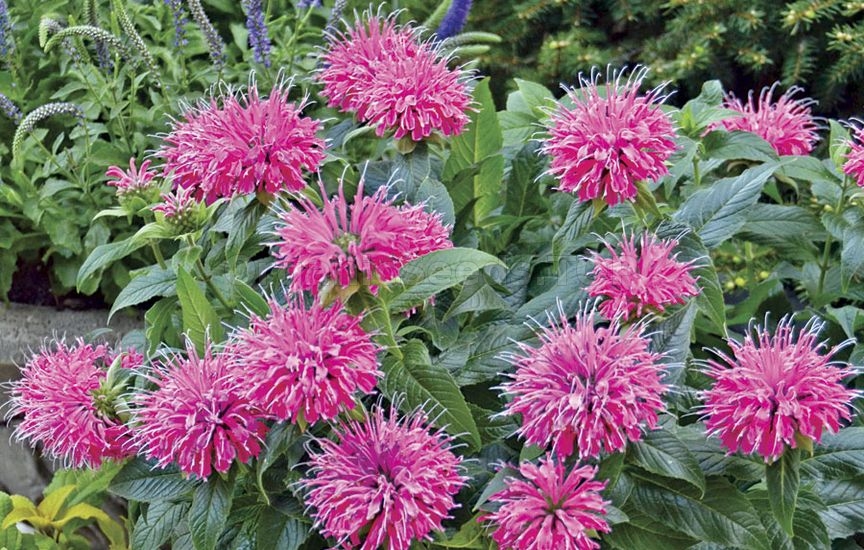 The location, which the Scarlet bee balm desires, should be similar to the one it inhabits in nature. The Gold Melissa prefers a half-shady, light location; direct midday sun should be avoided at all cost. That is why the graceful shrub serves as an ideal company of hedges or below a tree which does not let a lot of light through. Not to be recommended is a sunny bed without any shadow at all.
Soil conditions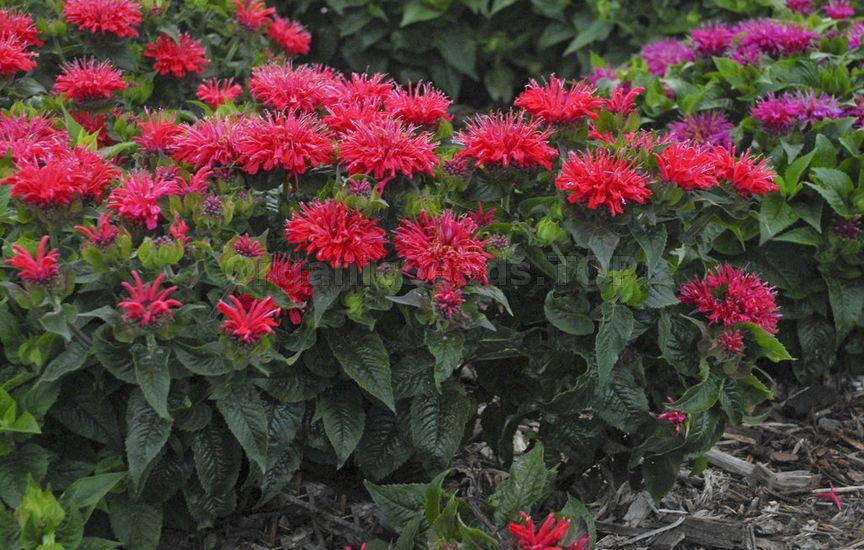 The Scarlet bee balm desires for its location a soil, which is similar to the soil at its original location in the nature. You thus offer the ideal soil conditions with the following conditions for your graceful shrubs.
In order to insure these soil characteristics, pull compost and peat below the available potting soil. Substrate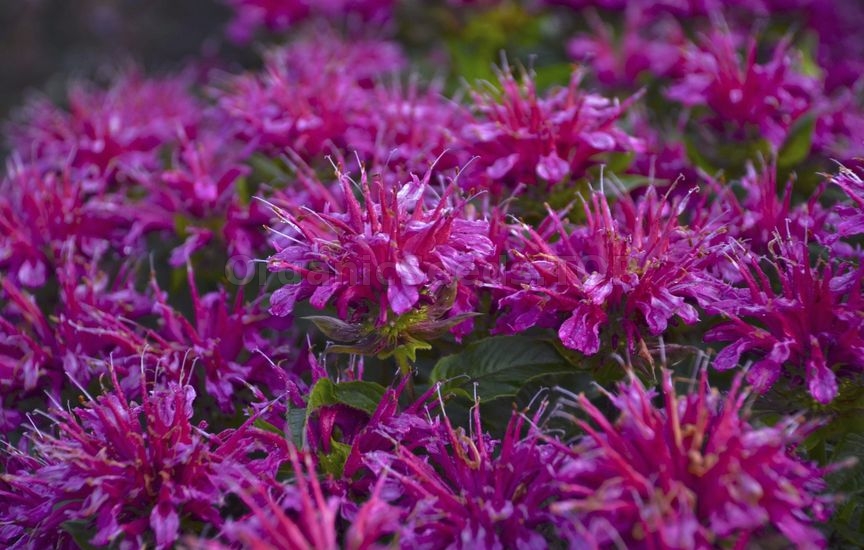 The Gold Melissa, Monarda didyma can also be cultivated in the bucket if there is no fitting location in the garden. This way, it offers a beautiful picture on your terrace or a balcony and can emit its aromatic scent. The used substrate for the bucket should be used in adherence to the following criteria.
Planting time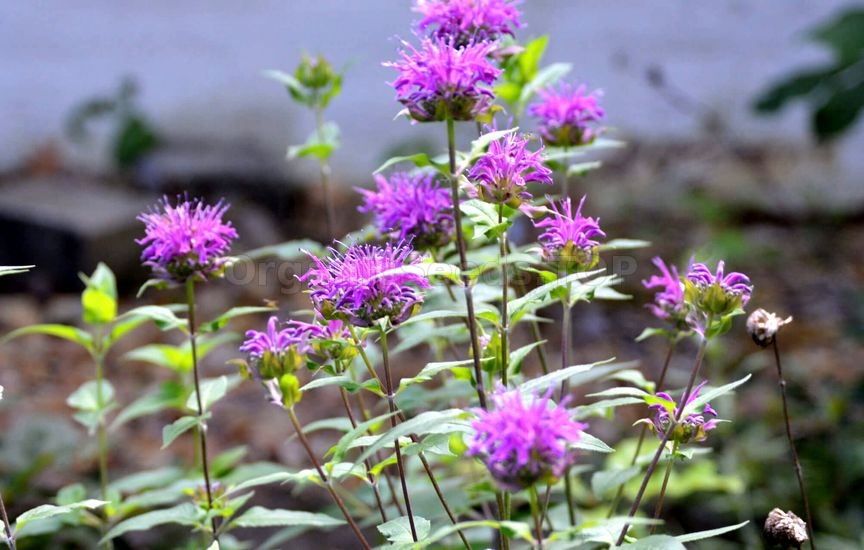 The ideal planting time for the Scarlet bee balm is usually the spring period. In this event, you should await the ice holies and only afterward, in May, begin with planting. A planting in autumn is not recommended, as the shrubs have too little time to properly grow until the first occurrence of frost and thus stay healthy through winter.
As the shrubs can be multiplied by division, they do not necessarily have to be bought. Especially if the already existing planting Monarda didyma is getting too dense in a bed or bucket, one has to divide and replant. Planting in the bed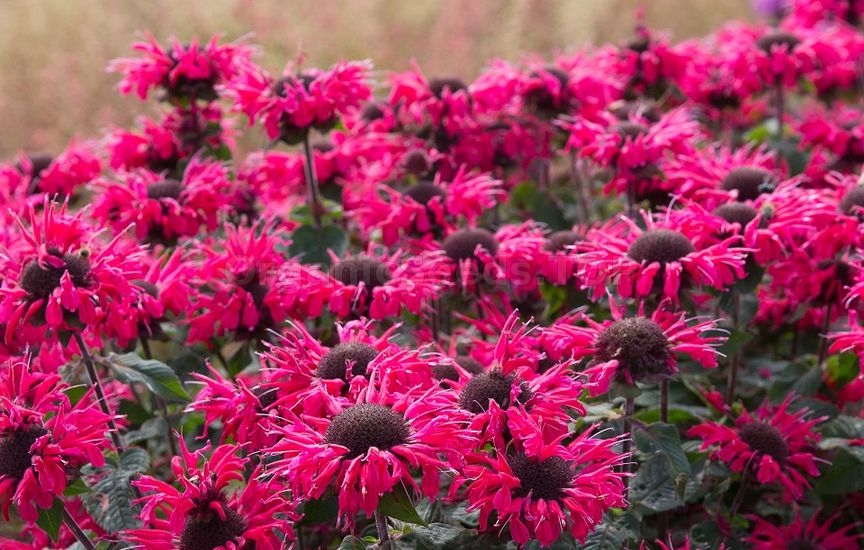 As soon as a fitting location has been found in the bed, the planting can occur. In this case, one has to observe a proper distance to the single plants, as shrubs like to stretch out to the sides.
If you do not give your Scarlet bee balm enough space when planting, it will not grow that fast and the blooming could further be hindered. That is why older, already planted shrubs should be divided and thus rejuvenated in regular intervals. Planting in a bucket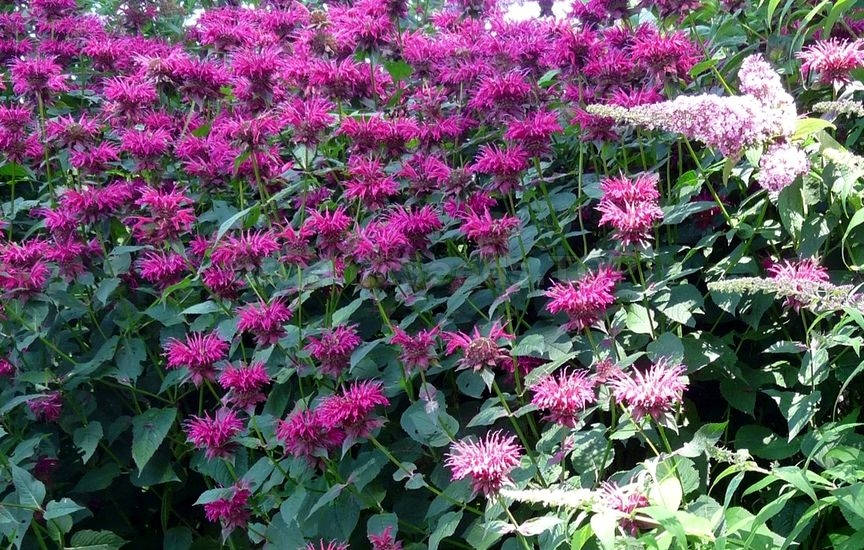 If no appropriate location in the garden is available for the Scarlet bee balm, you do not have to do without it. The shrub does also perform great in a bucket on a terrace or on a balcony. When planting in a bucket you should abide by the following hints.
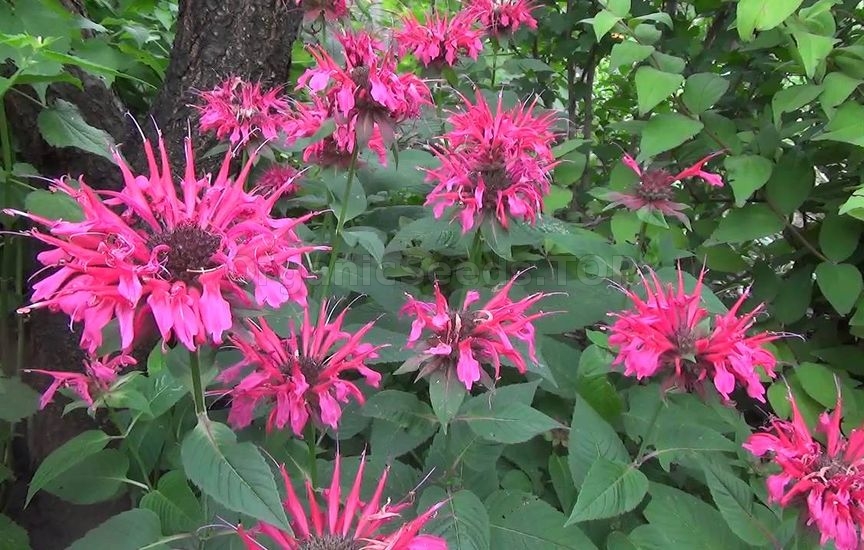 As the shrubs can reach a height of up to 1,50 meter, the usage of a big bucket is recommended, especially if you want to place several plants together. In order to not face any difficulties to move the big bucket and alter the location to adjust to the circumstances, you should place it before the planting on a movable cart. Watering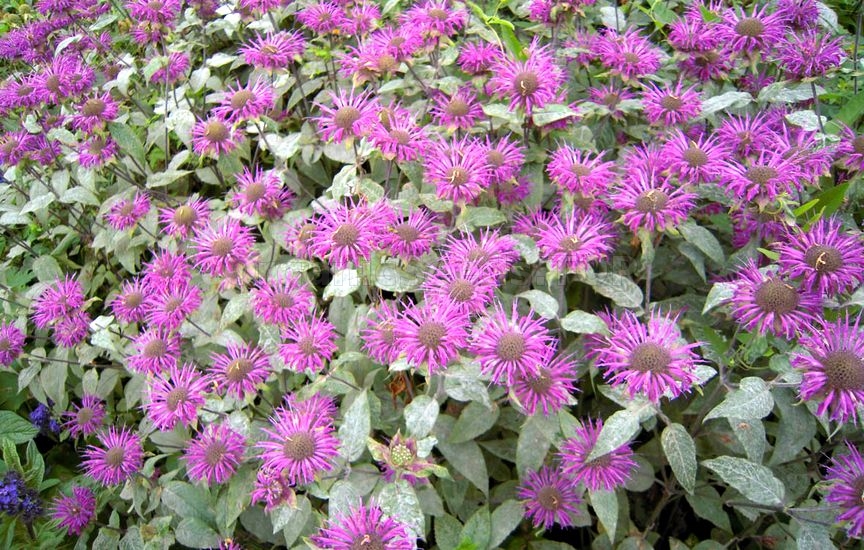 The soil at the location of the Monarda didyma should always be held slightly moist and better not dry out. You should however keep an eye on preventing soil wetness, which can easily occur in buckets.
This is how the Scarlet bee balm is ideally being watered:
Cutting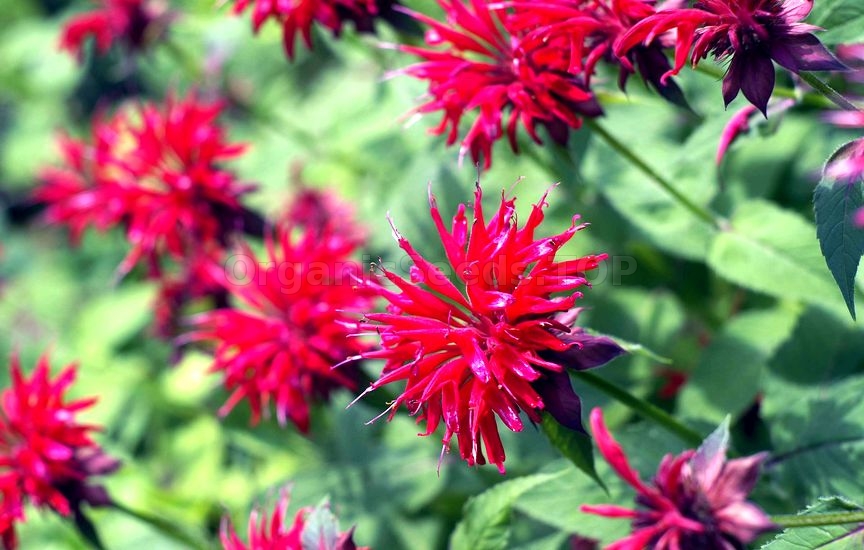 As this plant is a shrub, it will not be cut throughout the year. Only dried blossoms, leaves and stems should be regularly removed in order for new shoots to be able to grow. In autumn, the shrub shows a slight yellow coloring until it fully turns yellow by winter. That is the right time, to completely cut the Scarlet bee balm about a hands breadth above the ground. That way, it can drive out in next spring without any obstacles.
Hibernation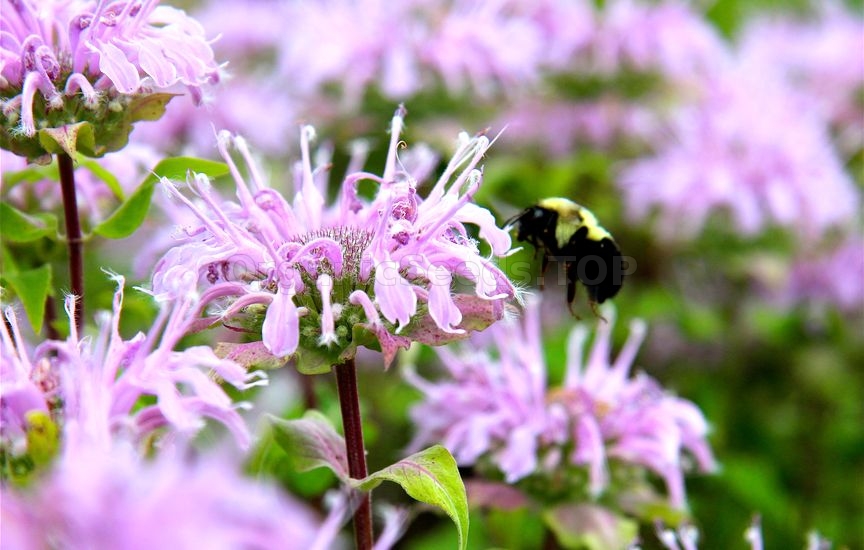 The Gold Melissa (Monarda didyma) is winter hardy that means that its rootstock remains in the earth even throughout the winter months. The upper part, like already explained in the paragraph “Cutting”, is to be removed before winter.
Otherwise, you can protect your Scarlet bee balm from the cold time of the year doing the following:
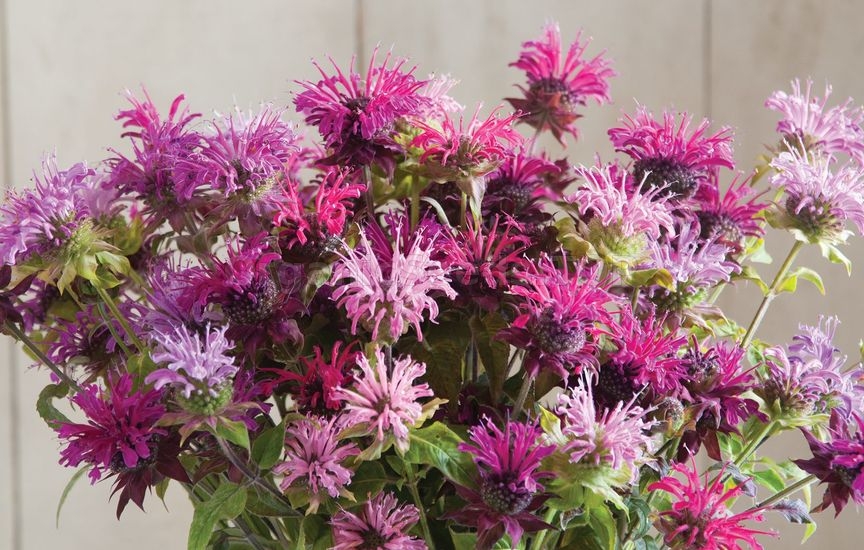 If you have a frost free, or dark room, available like a basement, you can place your bucket into this room for the purpose of hibernation. You may need:«Lemon Mint» - Organic Monarda Seed |
|
|
